 By: Rogerio Domenge and Imanol Belausteguigoitia
By: Rogerio Domenge and Imanol Belausteguigoitia
It is widely known that in Mexico and elsewhere in Latin America, small and mid-sized businesses play a significant role in economic activity (Kantis & Ishida, 2002) and social dynamics. According to the National Institute of Statistics and Geography (INEGI, 2007), in Mexico 95.5 percent of manufacturing, retailing and service organizations are micro-sized businesses, while 3.5 and 0.8 percent are small and mid-sized companies, respectively. These employ 30.8 percent of all the workers in the country. Just 0.2 percent of the companies are large firms. At the same time, it is estimated that nine out of every ten organizations in Mexico are family owned, and only one in three of them is passed down to the next generation (Belausteguigoitia, 2004).
Given that, in theory, there are reasons that family-owned small and mid-sized businesses do not survive (Maza Pereda, 1997)–which range from problems in the business climate or external problems (market, financing, taxes); structural or internal issues (poor administration and planning, inefficient resource management and poor control systems); to family problems–it is an essential to determine how entrepreneurs themselves perceive the problems they face and their relative importance. It is also useful to hear what proposals they suggest for resolving these difficulties.
The Data
In order to identify the main practical problems that the new small and mid-sized businesses faces in Mexico, we took a sample of 126 new companies, meaning those with an average life of 10 years, 36 percent of which were family-owned (Delgado, et.al, 2006; Domenge, 2008). We found that, on average, three family members work in each company, out of an average total of 21 employees. The breakdown of family-owned businesses incorporated in this study by economic activity was 29 percent manufacturing, 31 percent retailing and 40 percent services.
Perceived Problems in New Family-Owned Small and Mid-sized Businesses
To identify the difficulties that new family-owned businesses face, we asked an executive in each company to rate the areas of greatest internal, external or family conflict in the company. The problem areas are shown, by order of perceived importance, in table 1.
Table 1. Internal problems identified in new family-owned small and mid-sized businesses

The internal problems identified coincide with the scheme laid out by Maza Pereda (1997), which can be identified, effectively, as poor administration and planning, inefficient resource management and poor control systems.
Apart from the abovementioned internal problems, we find issues with family order and succession, commented on by Belausteguigoitia (2004): lack of family members’ commitment to the company, confusion of family and business matters, lack of personal development and career plans for family members, lack of professionalism and planning.
With respect to problems in the external business climate, Table 2 shows the main problems perceived by entrepreneurs in the new family-owned small and mid-sized businesses
Table 2. External Problems Identified in New Family-Owned Small and Mid-sized Businesses

Recommendations
The main recommendations offered by executives of the new family-owned small and mid-sized businesses are shown below. These can be divided into internal, external and family, according to the scheme introduced above.
Recommendations on internal management of the small and mid-sized business
- Design and follow an explicit strategy to guide or direct the company.
- Obtain consulting, support and a network of assistance between entrepreneurs and strategic contacts.
- Possess and cultivate a business culture of tenacity and self confidence.
- Increase ethics in the company.
- Increase savings for investment and to be prepared to share ownership in exchange for capital.
- Pursue efficient operations and lower costs.
- Know your market and offer quality products.
Recommendations on factors in the business climate for small and mid-sized businesses
- Create or expand business networks and consider alliances.
- Reduce red tape, costs and times.Effectively promote support and consultancy programs aimed at new family-owned small and mid-sized businesses.
- Produce financial costs.
- Create tax incentives to support the new small and mid-sized businesses.
- Improve accessibility to financing for small and mid-sized businesses and risk sharing with the entrepreneur.
Recommendations associated with the family dimensions of the company
- Encourage the commitment of the family members to the company.
- Properly separate business and family issues (treat the company as a company and family as family).Objectively consider family candidates for entry into the company, admitting only those who are capable of contributing significant value.
- Prepare life and career plans for family members that work (or intend to work) in the company, focused on their personal development and that of the organization.Create and develop governance bodies that facilitate decision-making in the family organization and encourage greater professionalism.
- Regularly prepare scenarios that enable the company to predict results (can we continue working together or should we think about splitting?).
- Properly plan and execute succession
The new family-owned small and mid-sized business in Mexico faces a tremendous number of internal, external and family challenges. The internal and family problems can be mitigated through appropriate training, both of the company’s directors and its employees in general. The external challenges, on the other hand, can be reduced if entrepreneurs and the government work together on defining and establishing laws and policies aimed at systematically overcoming these obstacles.?
References.
Belausteguigoitia Rius, Imanol. (2004). Empresas Familiares: Su dinámica, equilibrio y consolidación. México: McGraw-Hill.
Delgado Arredondo, Laura Paulina; Ramírez Figueroa, Cynthia Guadalupe y Anaya Gutiérrez, Ingrid Patricia. (2006). Factores financieros de éxito y fracaso involucrados en la creación de empresas. Tesis profesional. México: ITAM.
Domenge, Rogerio. (2008). Éxito y fracaso en México: PyMEs. Contaduría Pública. 37:434. México: Instituto Mexicano de Contadores Públicos.
INEGI. (2007). Micro, Pequeña, Mediana y Gran Empresa. Estratificación de los Establecimientos. Censos Económicos 2004. México: INEGI.
Kantis, Hugo e Ishida, Masahiko. (2002). Empresarialidad: este de Asia y América Latina. Empresarialidad en economías emergentes. Banco Interamericano de Desarrollo, BID. División de Micro, Pequeña y Mediana Empresa.
Maza Pereda, Antonio. (1997). Reflexión sobre las causas de mortandad de la micro y pequeña empresa. Compilado por Leonel Corona Treviño. (1997). Pequeña y Mediana Empresa: del diagnóstico a las políticas. México: UNAM.
Los autores son profesores-investigadores del Departamento académico de administración y contabilidad del ITAM. Belausteguigoitia es, además, director del Centro para el desarrollo de la empresa familiar del ITAM.

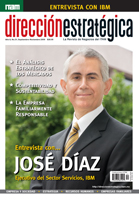
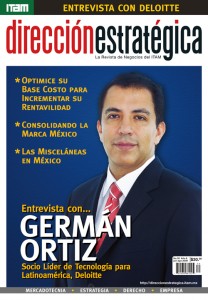
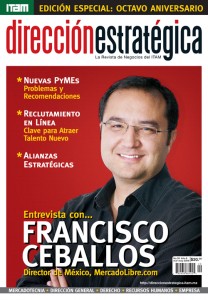
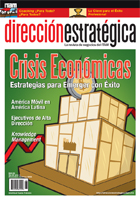
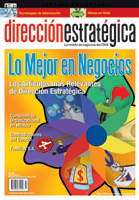
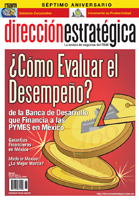
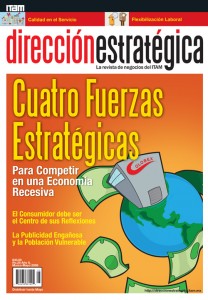
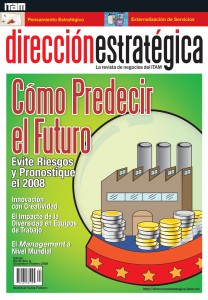
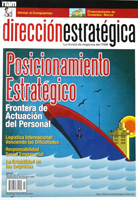
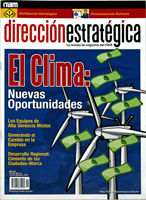
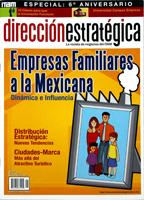

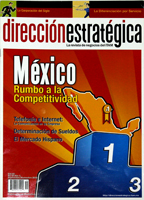
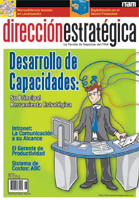
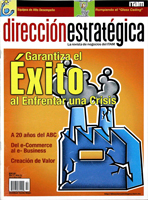
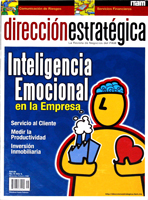
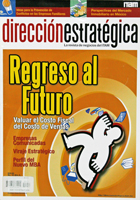
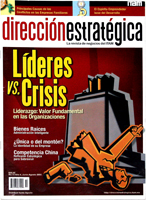
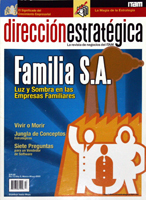
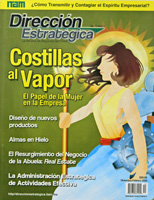
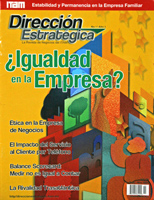

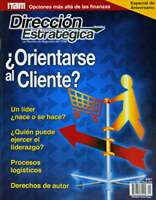
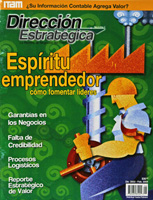
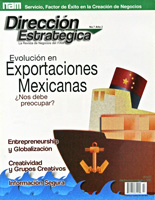
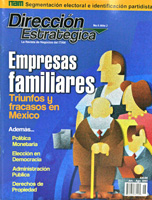
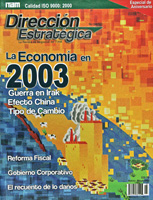
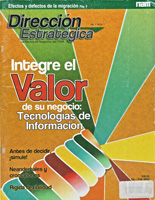

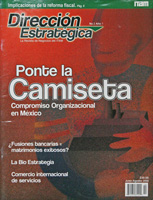
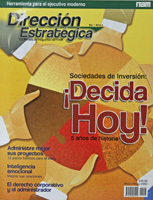
2 Comments
El control de inventarios por RFID no es mencionado en este articulo, pero es algo que PyMes realmente necesitan
El impuesto a los depósitos en efectivo (IDE) afecta la liquidez de las Pymes.
http://fmecontadores.blogspot.mx/2012/03/ide-pymes-las-mas-afectadas.html